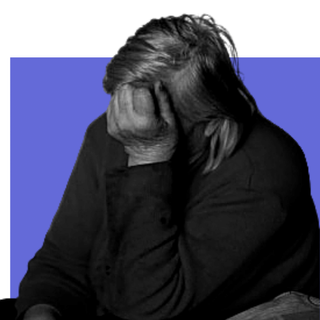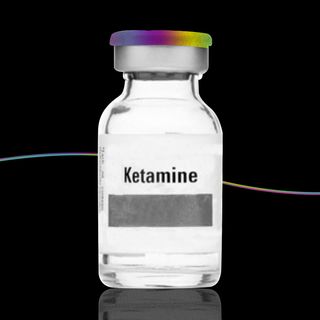A hernia is a fairly common medical condition arising predominantly out of lifestyle issues, with genetics playing a small part in determining who is at most risk of developing it. Hernias, which can occur at any time in a person’s life, may or may not be painful; hernias that aren’t painful often go overlooked and untreated, and run the risk of growing, multiplying, or becoming more severe in the future.
What is a hernia?
A hernia is a (sometimes) painful protrusion of an organ or fatty tissue that squeezes out through weakened muscle walls or connective tissue. It manifests as a lump jutting beneath a person’s skin that often disappears when the person lies down. Despite this, a hernia doesn’t simply go away on its own and typically requires treatment.
What are the different types of hernia?
Hernias occur most commonly in the abdomen, but can also occur in the thighs, upper groin, and other areas in the bottom half of the body. Inguinal hernias occur at the intersection of the groin and thigh and are caused by a weak groin muscle that allows underlying tissue to push between muscle fibers and bulge out. Inguinal hernias affect more men than women. Another type of hernia is the femoral hernia, more common in older women than in men, which occurs in the lower belly and upper thigh. Together, inguinal and femoral hernias make up 75 to 80% of all hernias.
Yet another kind, common in infants, is the umbilical hernia, which is caused by weak muscles in the belly that allow a small part of the intestine or underlying fat tissue to bulge out in or near the belly button; when this happens in the upper part of the abdomen instead, it’s called epigastric hernia.
In the upper half of the body, hiatal hernias can occur when some parts of the stomach bulge into the chest area through the diaphragm. The hiatal hernia is common among people older than 60.
Related on The Swaddle:
What Causes Those Pesky Muscle Twitches?
Hernias can also occur due to surgery, when they are called incisional hernias. Here, an incision made in a prior abdominal surgery can pave way for muscle weakness and the subsequent bulging of underlying tissue.
What causes a hernia?
Common causes of hernia include aging, continuous and strenuous exercise including heavy weight-lifting, chronic coughing (commonly causing hiatal hernia), constipation that can strain the muscles of the lower body, pregnancy, and obesity. All of these factors weaken or strain various muscles.
A family history of hernias can also increase one’s risk of developing a hernia, as do lifestyle choices such as smoking, which weakens connective tissue, and eating junk food, which increases fat tissue in the body.
What are the symptoms of a hernia?
The most common symptom of a hernia is a lump just under the skin, typically apparent to the touch, especially while coughing or bending down. A person may or may not experience pain around the hernia, depending upon its size and severity.
Hernias that occur in the upper part of the body, such as hiatal hernias, don’t present as outward bulges, however. These hernias by be signaled by chest pain, indigestion, regurgitation of food and liquid, and heartburn.
Hernias that occur in the lower part of the body can cause one to feel full or affect the body’s excretory processes.
How are hernias treated?
The first step to treating a hernia is to identify it, which is difficult because many people often fail to notice tell-tale bulges, especially if they’re small. But hernias can grow and worsen over time, and even multiply in number, if left untreated.
Doctors can detect hernias through physical examination and medical technology such as ultrasound, CT scans, and MRI scans. To detect hiatal hernias, an endoscopy — inserting a tiny camera attached to a tube into a person’s esophagus or deeper — may be required.
Once detected, hernias need to be removed. Depending on the severity and size of the hernia, doctors can choose to treat it with surgery or with laparoscopy (which uses a camera and miniature surgical equipment to repair the bulging tissue). Both procedures involve pushing the bulging organ or tissue back through the hole it made, and then repairing the tear in the overlying muscle tissue, commonly by using surgical mesh.
The only way to cure a hernia is to remove it, but modern medicine has made it possible to live with a hernia, when it’s not severe or big, and can be managed with pain medication and changes in one’s lifestyle. Constant monitoring, however, is advised.




